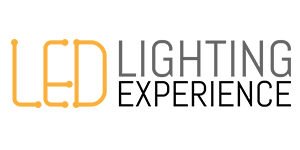LED Lighting

LED or light emitting diodes produce light almost 90% more efficiently than standard, incandescent lights. In the past decade, LED lighting technology has significantly improved allowing its application in almost every industry. Aside from cutting energy used for lighting and lowering carbon emission, unique features of LED lighting such as compact size, long lifespan, solid performance in different conditions, provide benefits in many applications. One of the most important characteristics of LEDs is that they emit light in a specific direction which enables them to better utilize energy, unlike “old-fashioned” bulbs which release 90% of their energy as heat. LED size enables various design opportunities: from the ones that resemble the bulbs we’re used to uniques, permanent light source fixtures.
Some of the LED lighting applications include:
- Commercial: Lighting in business offices, retail stores, etc.
- Residential: Light fixtures in homes.
- Outdoor and infrastructure: These include street lighting, lighting in factories, lighting for parking lots.
- Agricultural: Increasing plant growth.
There are many LED lighting products available in today’s market and their number continues to grow. The technology is ever-evolving so we can only wait and see how bright the future of LED lighting will be.

Are LED Lights Threat to Our Eyes Or Health
The Worst Advice We’ve Heard About LED Lighting
Tired of the Myths, Get the Facts About LED Lights